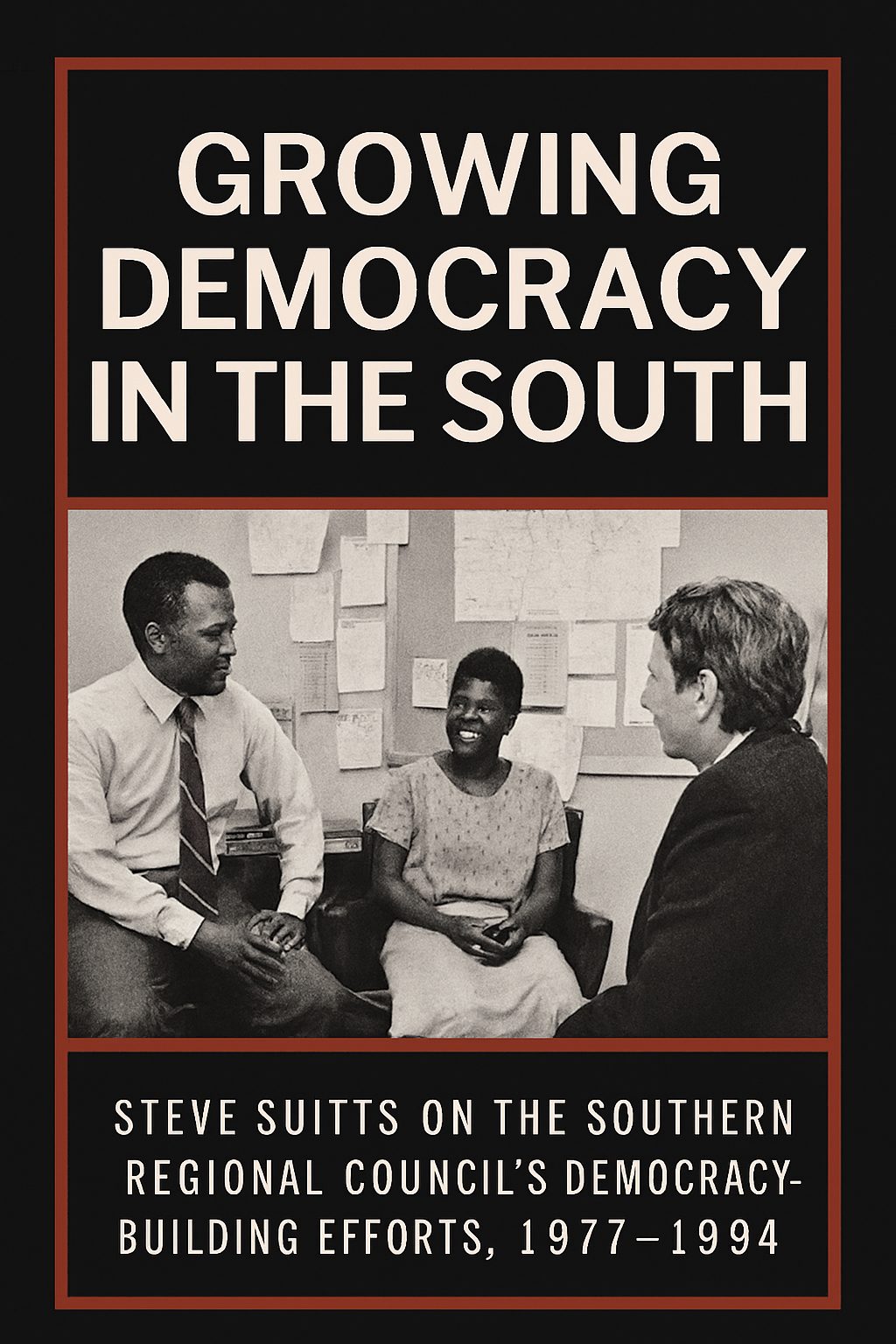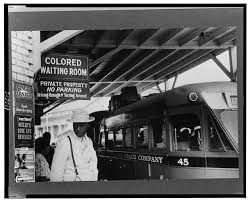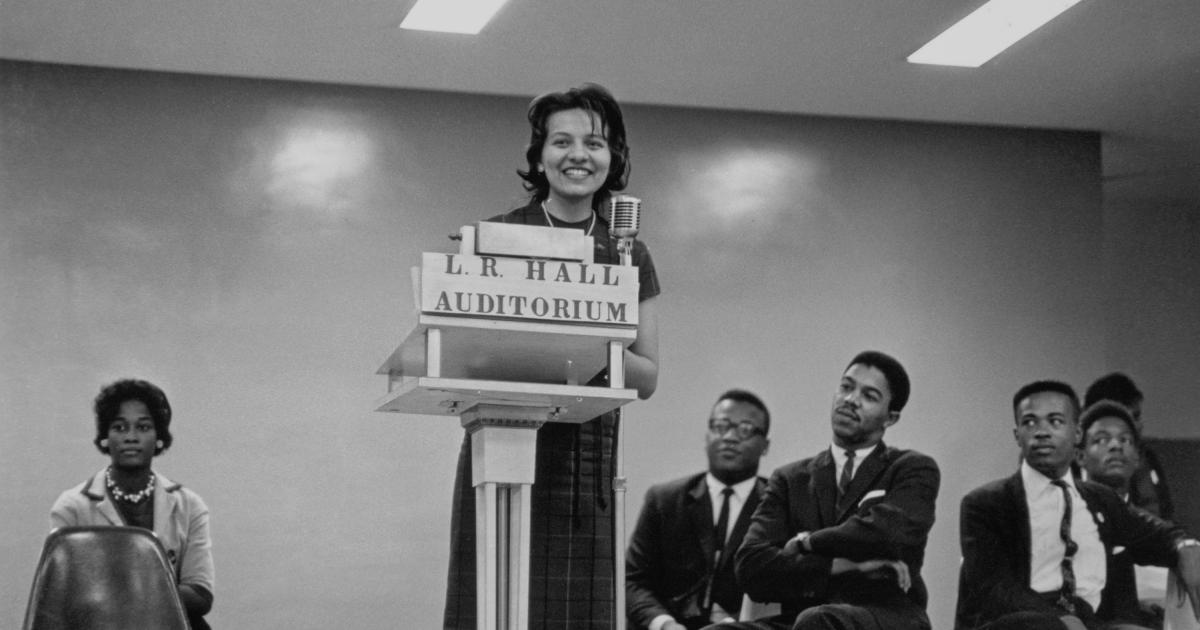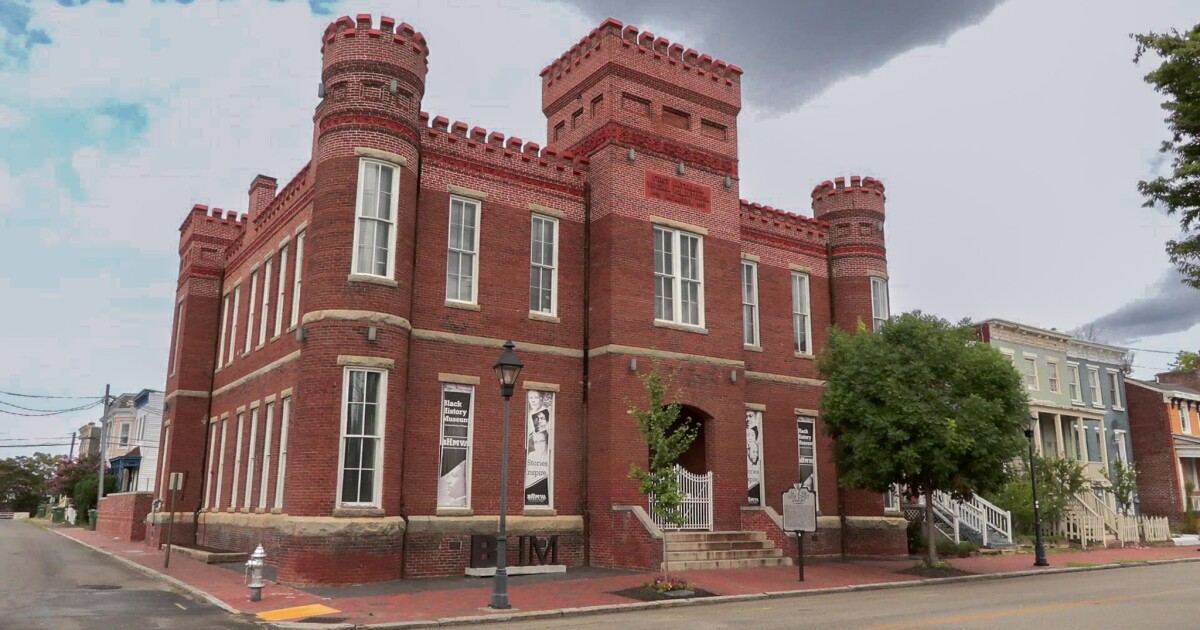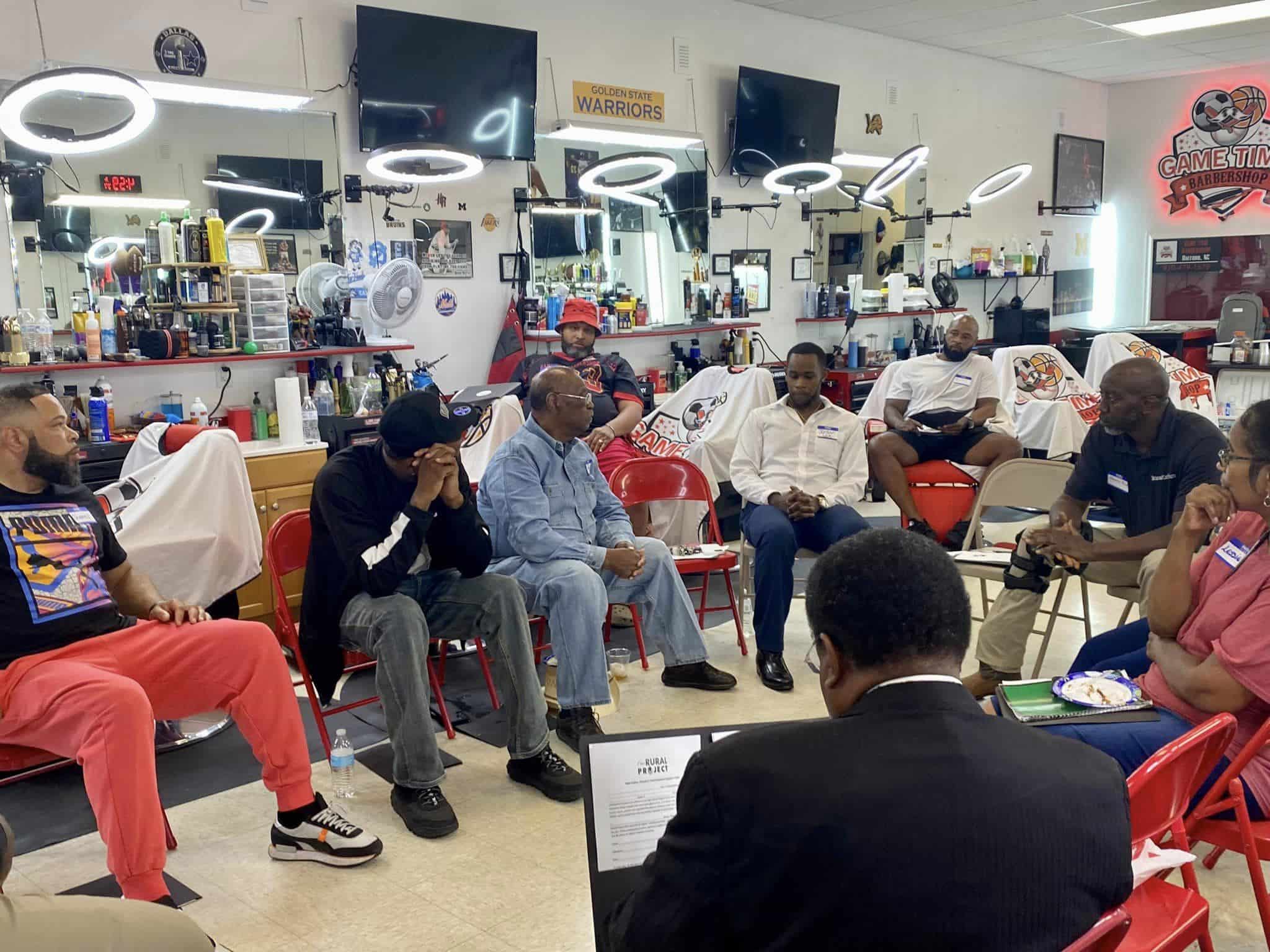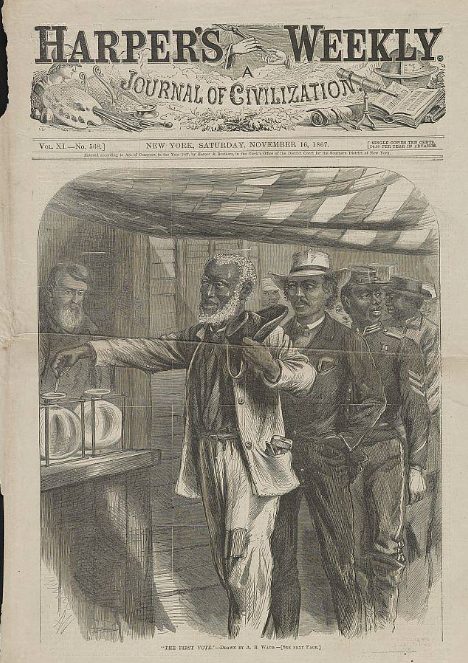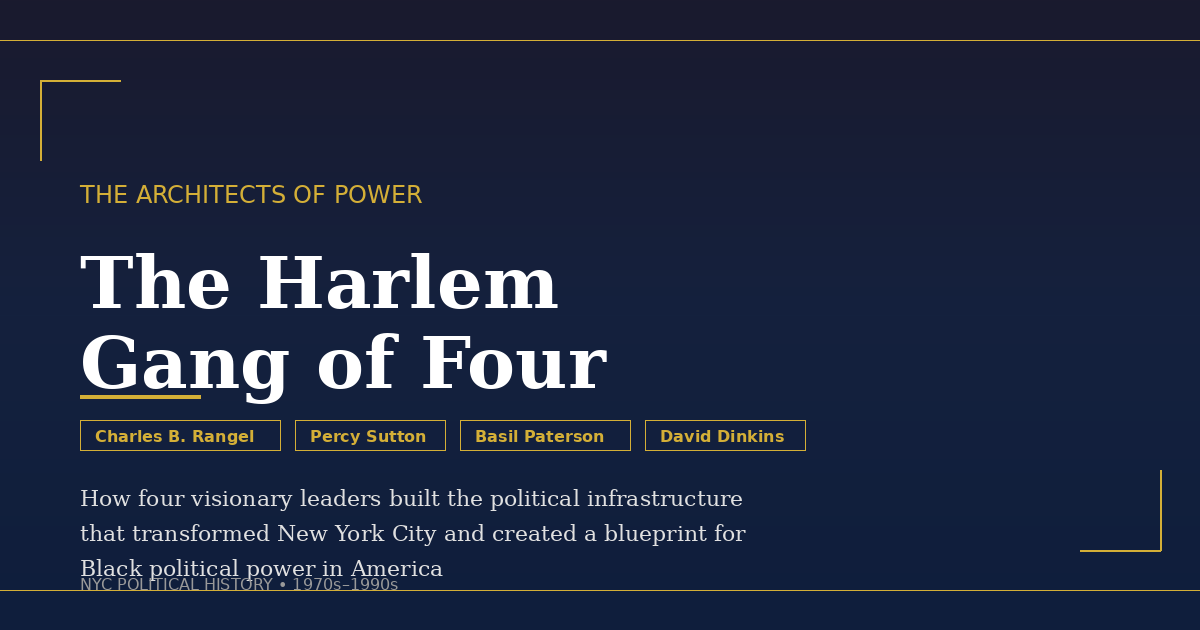As unrest has persevered day after day and on the town after town in the wake of George Floyd’s killing, a secondary skirmish has emerged: deciding learn how to characterize what’s going down.
In speeches and newsrooms and social media posts, americans indulge in had to fabricate choices about learn how to indicate widespread, evolving unrest. Are cities in the middle of uprisings? Rebellions? Riots?
“There’s form of a warfare of words as to how we must aloof sign what they’re doing,” says Heather Ann Thompson, a professor of historical past and Afro-American analysis at the College of Michigan. Each and every term sends a vastly assorted message about exactly what goes on in The United States’s streets and why.
All the arrangement through his short speech in the Rose Backyard on June 1, President Trump feeble some create of the be conscious riot 5 instances. And he’s not by myself. At TIME’s demand, the Oxford English Dictionary analyzed its corpus – at the side of roughly 2,800 articles published between Would possibly maybe maybe also 26 and June 2 – linked to events that had been spurred by the killing of George Floyd, to gape how those events had been being described in the media.
Utter appeared most most continuously, about seven instances for every consume of the be conscious riot. However consume of riot was as soon as widespread too, about 28 instances extra standard than rebel and 175 instances extra standard than rebel.
Factual and historical experts affirm that the be conscious riot is a loaded one: While it aptly describes some events that indulge in unfolded sooner or later of the past two weeks, utilizing it dangers eclipsing the elephantine image by zooming in on a miniature, sensational sever of the motion.
“Riot suggests pandemonium,” says john a. powell, a professor of law and African American analysis at the College of California, Berkeley (who does not capitalize his name in recognition of its being a slave name). “What’s going down all the arrangement in which during the country and all the arrangement in which during the world is a name for justice, a name for police accountability, for the popularity that dark lives matter too,” powell says. “Rioting detracts from all of that.”
In standard, the be conscious riot connotes meaningless violence – drunken sports activities followers, frenzied shoppers, americans indulge in lost contact with cause and given into baser instincts. However it additionally has a racial dimension in the U.S., as a term that’s lengthy been feeble (by white americans) to drum up the image of dark americans wreaking senseless chaos in cities.
In the 1960s, when unrest erupted in dark communities all the arrangement in which during the country, from Watts to Newark, the be conscious riot was as soon as nearly uniformly feeble in mass media to characterize what was as soon as going down, historians affirm. “It was as soon as meant to appropriate hang this sense of chaos, doom, the indisputable truth that the country was as soon as coming apart at the seams,” says powell. The events had been violent, yielding a entire bunch of razed buildings and arrests and injuries. However the be conscious helped to eclipse the political dimension of what was as soon as going on, the socioeconomic disparities that preceded the upheaval. It sidelined the indisputable truth that some companies that had been burned down had been ones where owners mistreated dark americans.
Since that time, the be conscious riot “has change into fraught with these racial undertones,” says Angela Flournoy, an creator who has written about the language feeble to characterize unrest in Watts in 1965. “There’s an assumption that there’s a inhabitants that doesn’t know learn how to react reasonably to grievances, so this is what they fabricate as a change, which is, obviously, racist,” she says.
In her work, Flournoy references a Los Angeles Times article from 1965. “The rioters had been burning town now,” it reads, “as the insane every so continuously mutilate themselves.”
“For many who wish this could all breeze away,” says College of Michigan’s Thompson, riot could presumably maybe also seem like appropriate the be conscious they’re having a witness for. “They could well pretty focal point on the minority incidents where issues indulge in gotten in particular chaotic,” she says, “as a capacity to overlook it.” Folks indulge in looted stores and broken house windows and region fires. However the overwhelming majority of protests were restful.
When when compared with riot, a be conscious like rebel or rebel does extra to counsel a battle for justice, a warranted response to oppression, an are attempting to query alternate out of doors a system that has failed to yield it. Labeling the George Floyd protests as riots capitalizes on the indisputable truth that “americans indulge in a extra good time digesting frames of dark illegal activity than dark freedom,” says Nikki Jones, a professor of African American Reviews at Berkeley. It helps push away the thought that a passive observer could presumably maybe also presumably be complicit in something else by being passive. It additionally gives duvet to those who could presumably maybe also consume harsh tactics to carry the unrest to an terminate.
In his speech, Trump referenced restful protesters but suggested that The United States was as soon as in the grips of an “offended mob.” He solid the americans in the streets as “looters, criminals, rioters” who had been committing “acts of home fear” and vowed to carry “law and assert.”
“Law and assert” is coded in its derive capacity, obviously. The language feeble to characterize actions that police could presumably maybe also possess accordance with convey – even indiscriminate ones like firing rubber bullets into a crowd – is mostly solid as “imposing assert,” notes Thompson. The implicit common sense is that rioting is frequently dysfunction, she says, and so whatever is done in accordance with it ought to be the replacement.
powell, for one, prefers the be conscious demonstration, in fragment for the rationale that beautiful to expose is assured in the Constitution. (That be conscious has additionally been frequently feeble in the mainstream media.) Jones says she is drawn to rebel. “I need americans to think referring to the freedom battle americans are engaged in on this moment and americans that they’re linked to previously,” she says.
Elizabeth Hinton, an partner professor of historical past and African American analysis at Harvard, says rebel “in actuality captures the indisputable truth that the violence that emerges sooner or later of these incidents isn’t meaningless, that it’s a long way a political expression, and it’s a long way communicating a particular region of requires.”
Hinton additionally sees sense in the be conscious rebel, a term that has change into appreciated by some in academia to characterize the violent events that unfolded in the 1960s. Many of americans who took to the streets in Detroit in 1967, in a single of the largest circumstances of civil dysfunction, called it the Worthy Rebellion, she says, “attributable to they had been rebelling against institutions that had excluded them for goodbye and traumatic greater socioeconomic inclusion.”
A key ingredient is how contributors themselves sign their actions, now as then. “I are attempting to defer to the those who had been there,” says Flournoy, who wrote referring to the events in Detroit in her fresh The Turner House. “They’re those who come to a name what those issues are called.” No matter consensus comes up from those who’re in the streets this day, she says, “I hope americans defer to them.”
Correction, June 9
The popular version of this epic misstated the time duration sooner or later of which the articles analyzed by the Oxford English Dictionary had been published. They had been published between Would possibly maybe maybe also and June, not March and June.

Thank you!
On your safety, we’ve sent a affirmation e mail to the address you entered. Click the hyperlink to verify your subscription and commence receiving our newsletters. Will indulge in to you do not rep the affirmation interior 10 minutes, please verify your unsolicited mail folder.
Write to Katy Steinmetz at [email protected].


